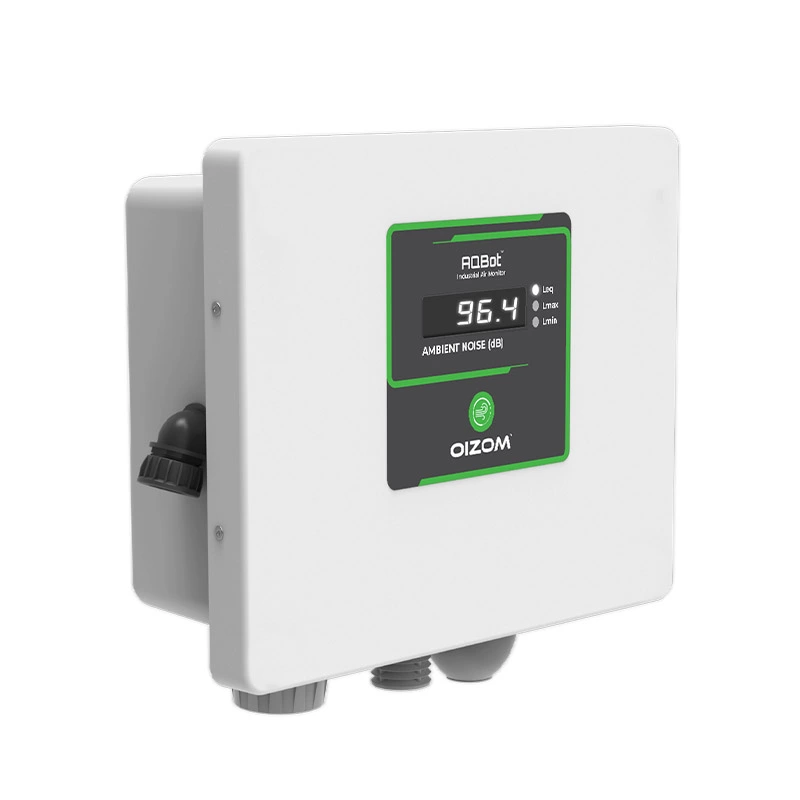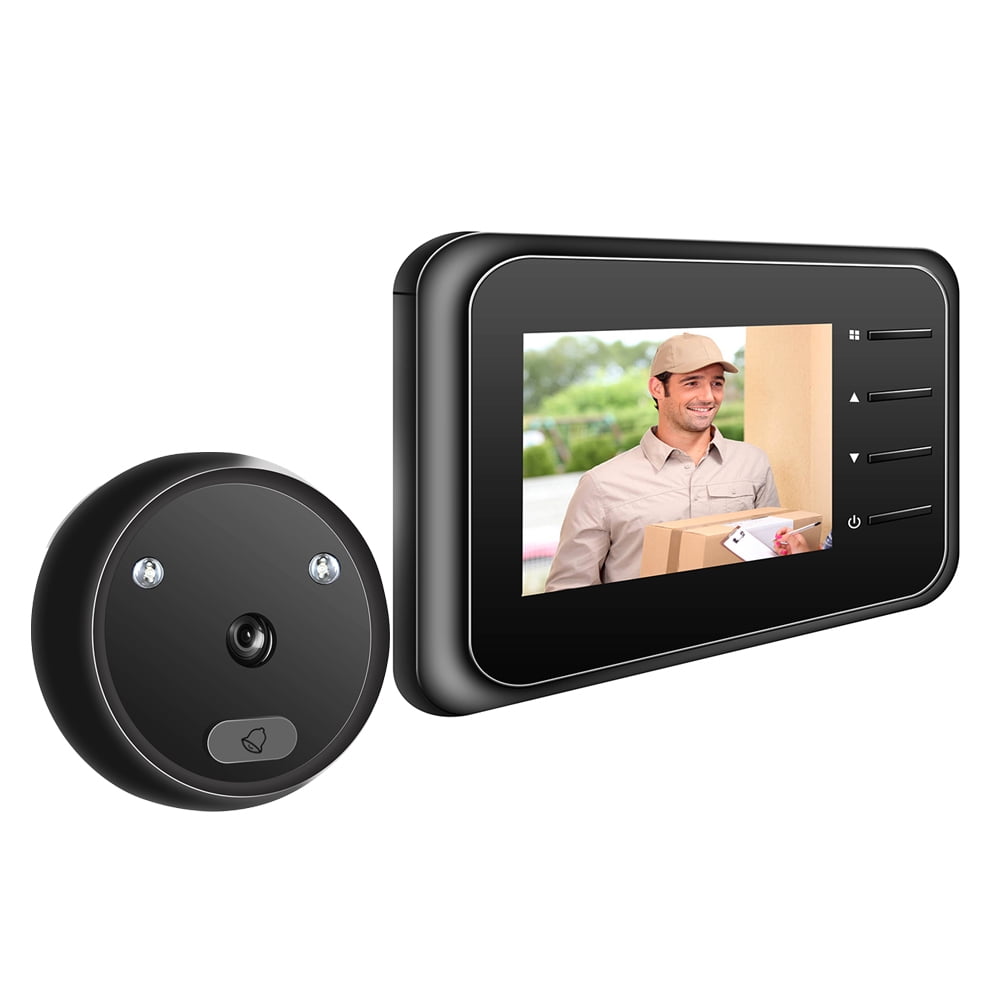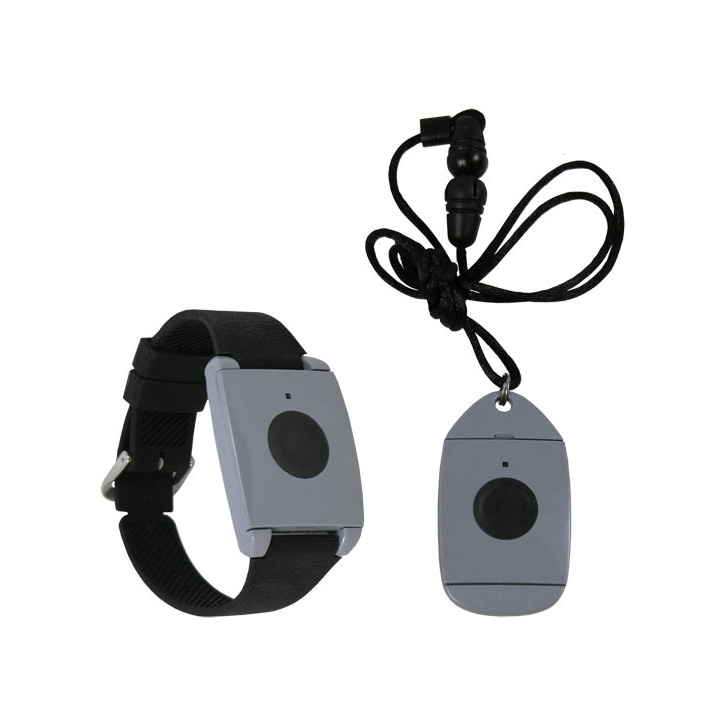Introduction
Electronic monitoring, a form of surveillance widely used around the world, has become a source of controversy in recent years. Data tracking, GPS monitoring, and other electronic monitoring technologies have raised concerns about privacy, civil liberties, and the ethical implications of constant surveillance.
Electronic monitoring, also known as EM, is a system of supervision that uses electronic devices to monitor individuals, movement, and activities. This technology has been used in various settings, including law enforcement, corrections, and the private sector. Over the years, electronic monitoring has evolved from simple ankle bracelets to sophisticated tracking devices that use GPS technology. In this article, we will explore the different types of electronic monitoring, its uses and benefits, ethical considerations, and the future of this technology.
Part 1: Types of Electronic Monitoring
The electronic monitoring is a complex and multifaceted practice that has both benefits and drawbacks. While it can enhance safety and security, improve accountability, and provide valuable data, it also raises significant ethical and privacy concerns. As electronic monitoring continues to evolve, it is crucial to strike a balance between its potential benefits and the protection of individual rights and freedoms. The ethical, legal, and social implications of electronic monitoring must be carefully considered as we navigate the rapidly changing landscape of surveillance and technology.
Level 1: Ankle bracelets
Ankle bracelets are the most widely recognized form of electronic monitoring. These devices are typically used in the criminal justice system to track the movements of individuals who are on house arrest or parole. Ankle bracelets are equipped with GPS technology and can alert authorities if the wearer leaves a specified area.
Level 2: GPS tracking devices
GPS tracking devices are used for a variety of purposes, including asset tracking, vehicle tracking, and personal tracking. These devices are often used by businesses to monitor the location and movement of their assets, such as vehicles and equipment. GPS tracking devices can also be used to monitor the whereabouts of individuals. Such as children, elderly relatives, or employees.
Part 2: Uses and Benefits of Electronic Monitoring
Level 1: Crime prevention
Electronic monitoring has been used as a tool to prevent and deter crime. By keeping track of individuals who have committed crimes or are at risk of committing crimes. The law enforcement can ensure that they are adhering to the conditions of their release. This can help to reduce recidivism and keep communities safe.
Level 2: Asset protection
In the private sector, monitoring is used to protect valuable assets, such as vehicles, equipment, and merchandise. By tracking the location and movement of these assets, businesses can reduce the risk of theft and loss.
Part 3: Ethical Considerations of Electronic Monitoring
Level 1: Privacy concerns
One of the main ethical considerations of electronic monitoring is the issue of privacy. While the technology can be an effective tool for supervision and security, it also raises concerns about the invasion of privacy. In particular, monitoring the movements and activities of individuals raises questions about their right to privacy and autonomy.
Level 2: Discriminatory practices
There is also concern that electronic monitoring can perpetuate discriminatory practices, particularly in the criminal justice system. Research has shown that individuals from marginalized communities are more likely to be subjected to monitoring. Leading to disproportionate surveillance and oversight.
Part 4: The Future of Electronic Monitoring
Level 1: Technological advancements
As technology continues to advance, so too will electronic monitoring. New developments in GPS technology, biometrics, and artificial intelligence will make monitoring more sophisticated and effective in the future.
Level 2: Integration with other systems
In the future, electronic monitoring is likely to be integrated with other systems, such as smart home technology and IoT devices. This could lead to new applications and uses for monitoring. Such as monitoring the health and wellness of individuals in their own homes.

Part 5: Pros and Cons of Electronic Monitoring
Electronic monitoring has both advantages and disadvantages. The main advantage is that it can provide real-time data and feedback to individuals about their activity and behavior. This can be particularly useful for people trying to improve their health or fitness. For example, a person wearing a fitness tracker can see their heart rate, step count, and calories burned throughout the day. And helping them stay motivated to reach their goals.
On the other hand, some people may feel that monitoring invades their privacy or restricts their freedom. In the workplace, for example, employees may feel monitored and controlled by their employer if their every move is being tracked. Additionally, there are concerns about the security of the data collected through electronic monitoring. If not properly secured, this data could be vulnerable to hacking or misuse.
Part 6: Legal and Ethical Considerations of Electronic Monitoring
The use of electronic monitoring raises several legal and ethical considerations. In the workplace, for example, employers must consider the privacy rights of their employees when implementing monitoring systems. They must ensure that any monitoring is lawful and respectful of employee privacy. It’s important for employers to communicate clearly with their employees about the purpose and scope of any monitoring, and to be transparent about the data that is being collected and how it will be used.
From an ethical standpoint, it’s important to consider the potential impact of electronic monitoring on individuals’ autonomy and freedom. People may feel constrained or controlled by constant monitoring, which can lead to feelings of resentment and decreased motivation. It’s also important to consider the potential for discrimination or bias in the use of monitoring data, particularly if it is used for making decisions about individuals’ performance or opportunities.
Part 7: Future Developments in Electronic Monitoring
The future of electronic monitoring is likely to see continued innovation and advancement. As technology continues to evolve, electronic monitoring devices are likely to become more sophisticated and integrated into everyday life. For example, wearable health and fitness trackers may become more seamless and unobtrusive, with the capability to monitor a wider range of health indicators. In the workplace, electronic monitoring may become more common, with new technologies for tracking employee productivity and behavior.
As electronic monitoring becomes more prevalent, it will be important to continue to address the legal and ethical considerations surrounding its use. Policymakers, employers, and individuals will need to carefully consider the balance between the benefits of electronic monitoring and the potential risks to privacy, autonomy, and fairness. Additionally, there will be a need for ongoing research and discussion about the impact of electronic monitoring on individuals’ well-being and behavior. It will be important to ensure that it is used responsibly and ethically.

Conclusion
In conclusion, electronic monitoring is a complex and multifaceted practice that has both benefits and drawbacks. While it can enhance safety and security, improve accountability. It also provides valuable data, it also raises significant ethical and privacy concerns. As electronic monitoring continues to evolve, it is crucial to strike a balance between its potential benefits and the protection of individual rights and freedoms. The ethical, legal, and social implications of electronic monitoring must be carefully considered as we navigate the rapidly changing landscape of surveillance and technology.
Finally, once you have added all the finishing touches to your oil pastel artwork, consider framing it to protect and display it. A frame can enhance the overall presentation of your artwork and make it look more professional. Remember to have fun and be creative with adding the finishing touches to your oil pastel artwork. Experiment with different techniques and materials to create a piece that you can be proud of.






